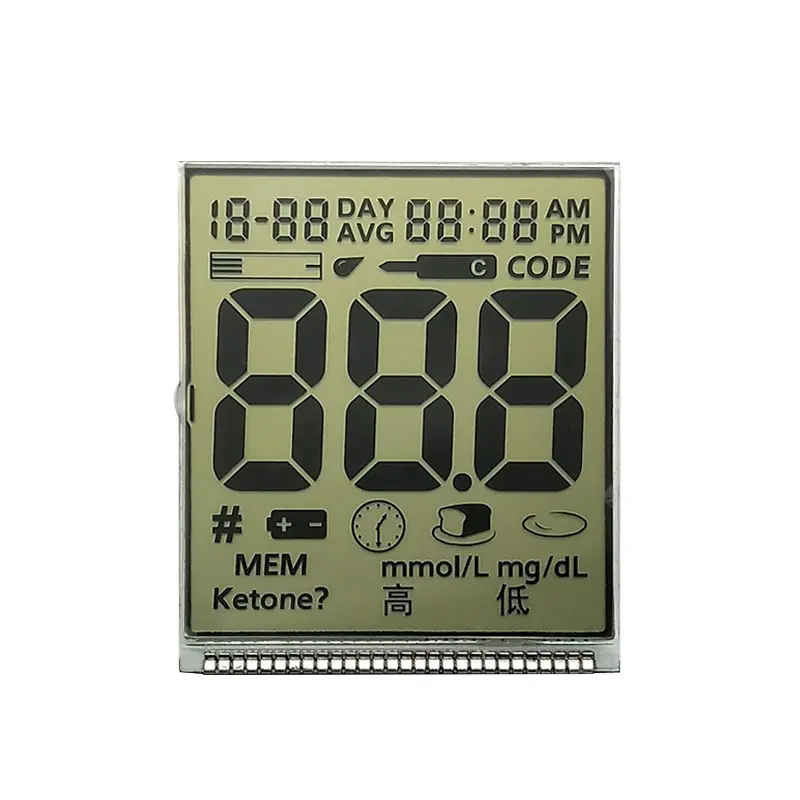
Selecting the right dot matrix display module for your project can be challenging, given the wide variety of options available. This comprehensive guide will help you navigate the market and choose the best product to meet your specific needs. We'll examine key features, compare different modules, and offer insights into choosing the perfect fit for your application. Whether you're working on an industrial control system, a consumer electronics device, or a custom project, finding the right dot matrix display module is crucial for success.
Dot matrix displays are a type of display technology that uses a matrix of LEDs or other light-emitting elements to create text and simple graphics. They are widely used in various applications due to their cost-effectiveness, relatively simple design, and availability in diverse sizes and resolutions. The resolution refers to the number of dots (pixels) arranged in a grid. A higher resolution generally equates to clearer and sharper displays. Different interface types, such as SPI, I2C, and parallel interfaces, determine how the display communicates with the microcontroller or other control circuits. Understanding these aspects is vital when selecting a dot matrix display module.
The resolution and size of the display are fundamental considerations. Higher resolutions offer greater clarity and detail, allowing for more intricate graphics and text. However, higher resolution often comes with a higher price tag and increased power consumption. The physical size of the module must also align with your project's space constraints.
Brightness is crucial, particularly in applications with ambient lighting. The viewing angle determines how much the display’s image quality degrades when viewed from an angle. Consider the lighting conditions in your target environment and the viewing angles required for optimal user experience.
The interface type defines how the dot matrix display module communicates with your system. Common interface types include SPI, I2C, and parallel interfaces. SPI and I2C are generally preferred for their efficiency and simplicity, especially in microcontroller-based applications. The choice depends on your microcontroller's capabilities and the complexity of your project.
Power consumption is an essential factor, especially in battery-powered devices. Lower power consumption extends battery life and improves overall efficiency. Always check the specifications of the module to ensure it meets your power requirements.
While providing specific product recommendations requires ongoing market research to stay current, several manufacturers offer high-quality dot matrix display modules. Researching manufacturers specializing in this technology, such as Dalian Eastern Display Co., Ltd., will yield various options. Always check reviews and specifications before purchasing.
The following table compares some hypothetical examples (replace with actual products and their specs from reputable sources after conducting thorough research):
| Feature | Module A | Module B | Module C |
|---|---|---|---|
| Resolution | 128x64 | 64x32 | 256x128 |
| Interface | SPI | I2C | Parallel |
| Brightness (cd/m2) | 200 | 150 | 300 |
| Power Consumption (mA) | 50 | 30 | 70 |
Choosing the best dot matrix display module depends heavily on your project’s specific requirements. By considering factors such as resolution, brightness, interface, and power consumption, you can make an informed decision that ensures your project's success. Remember to always consult the manufacturer's specifications and consider conducting thorough research before making a purchase.
1 Data in the comparison table is hypothetical and should be replaced with real data from specific product specifications.












